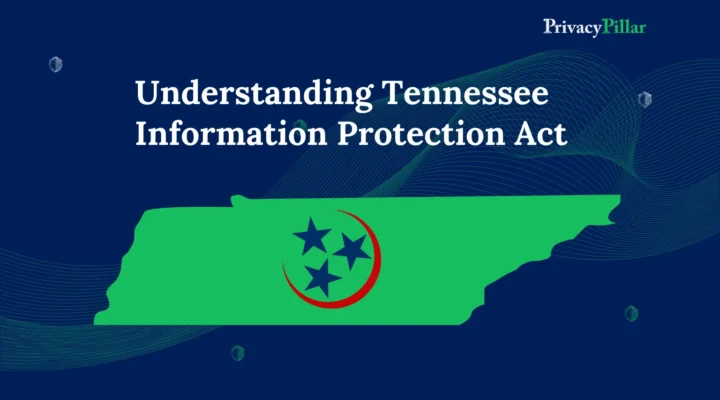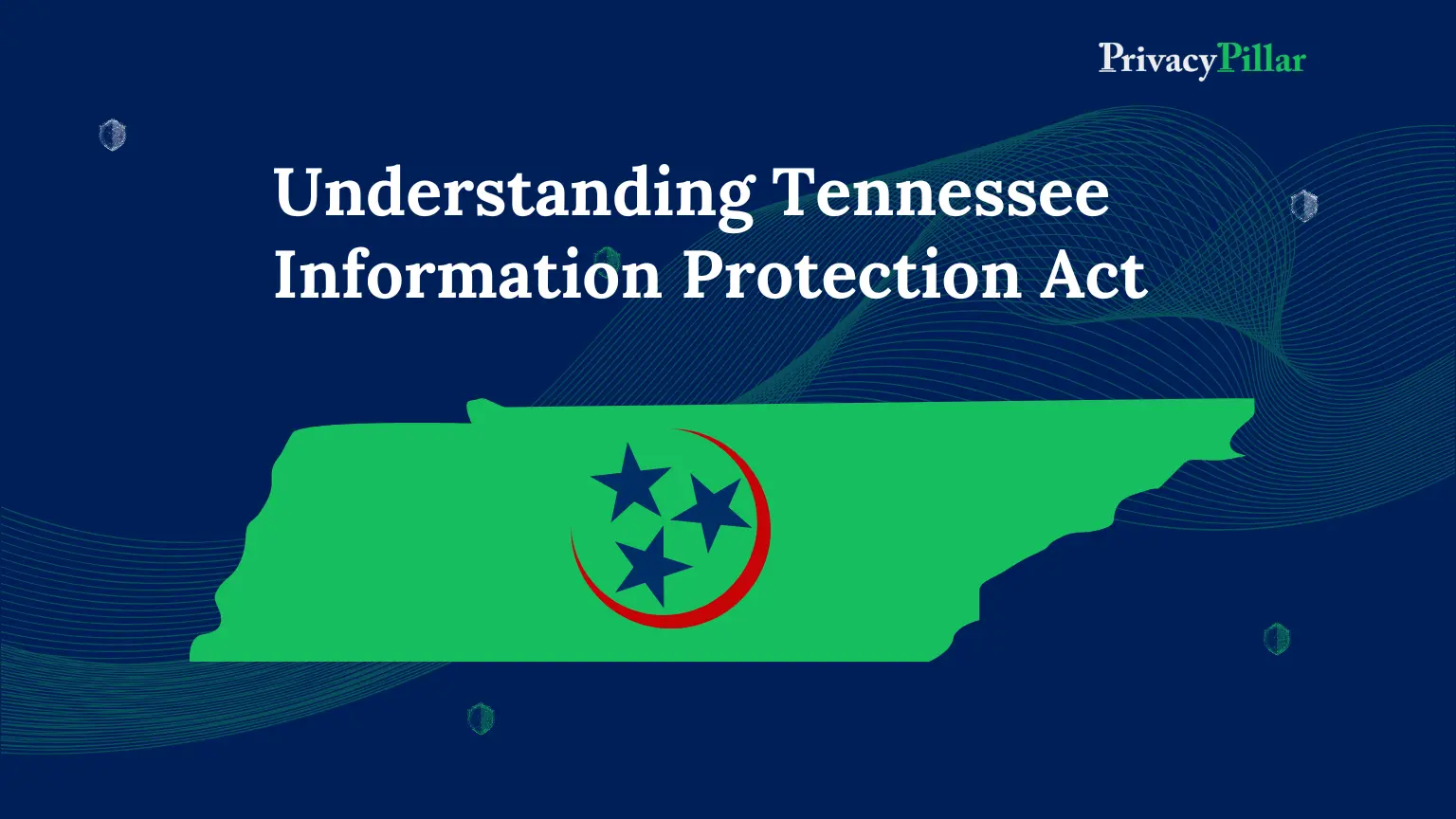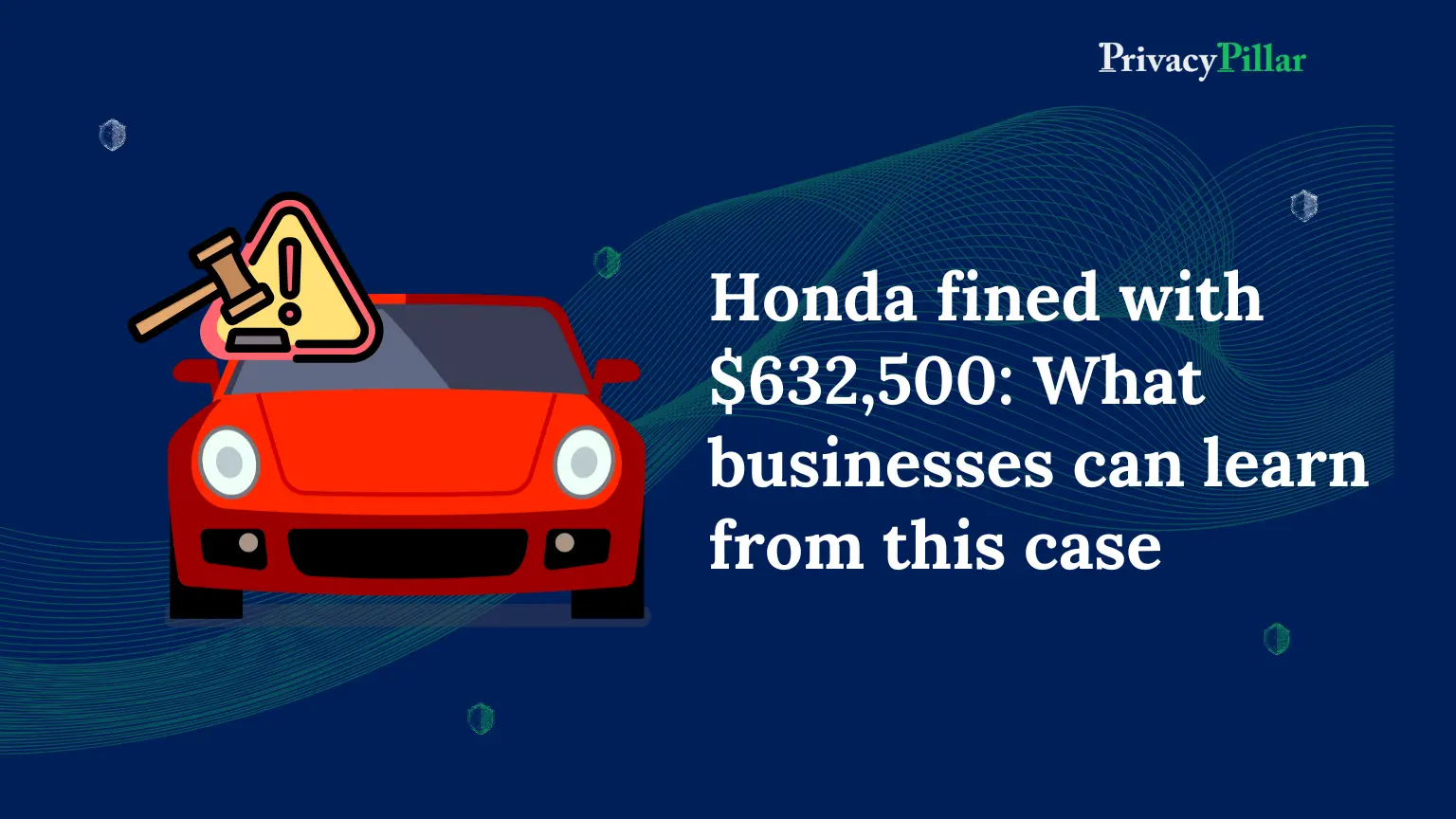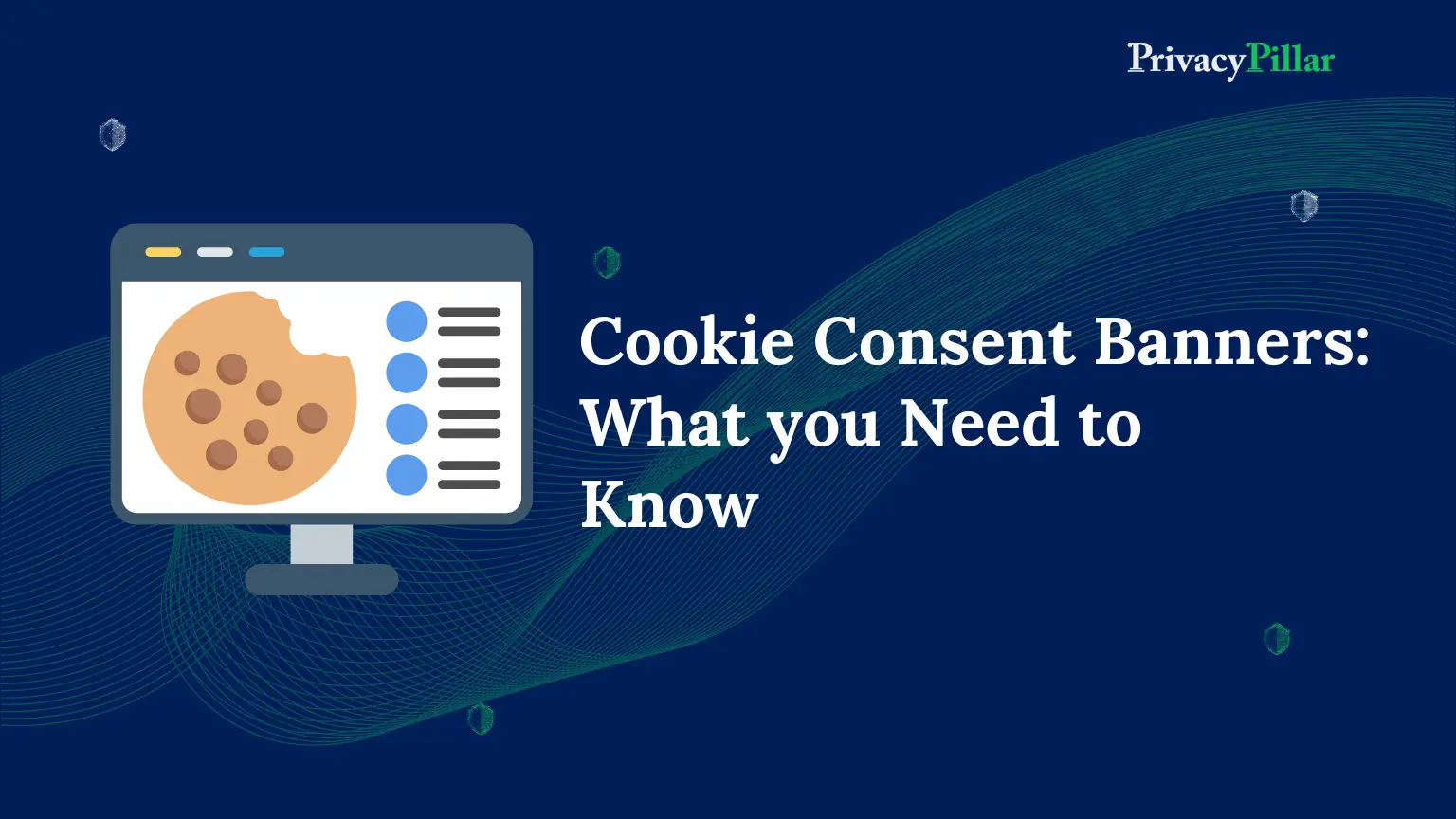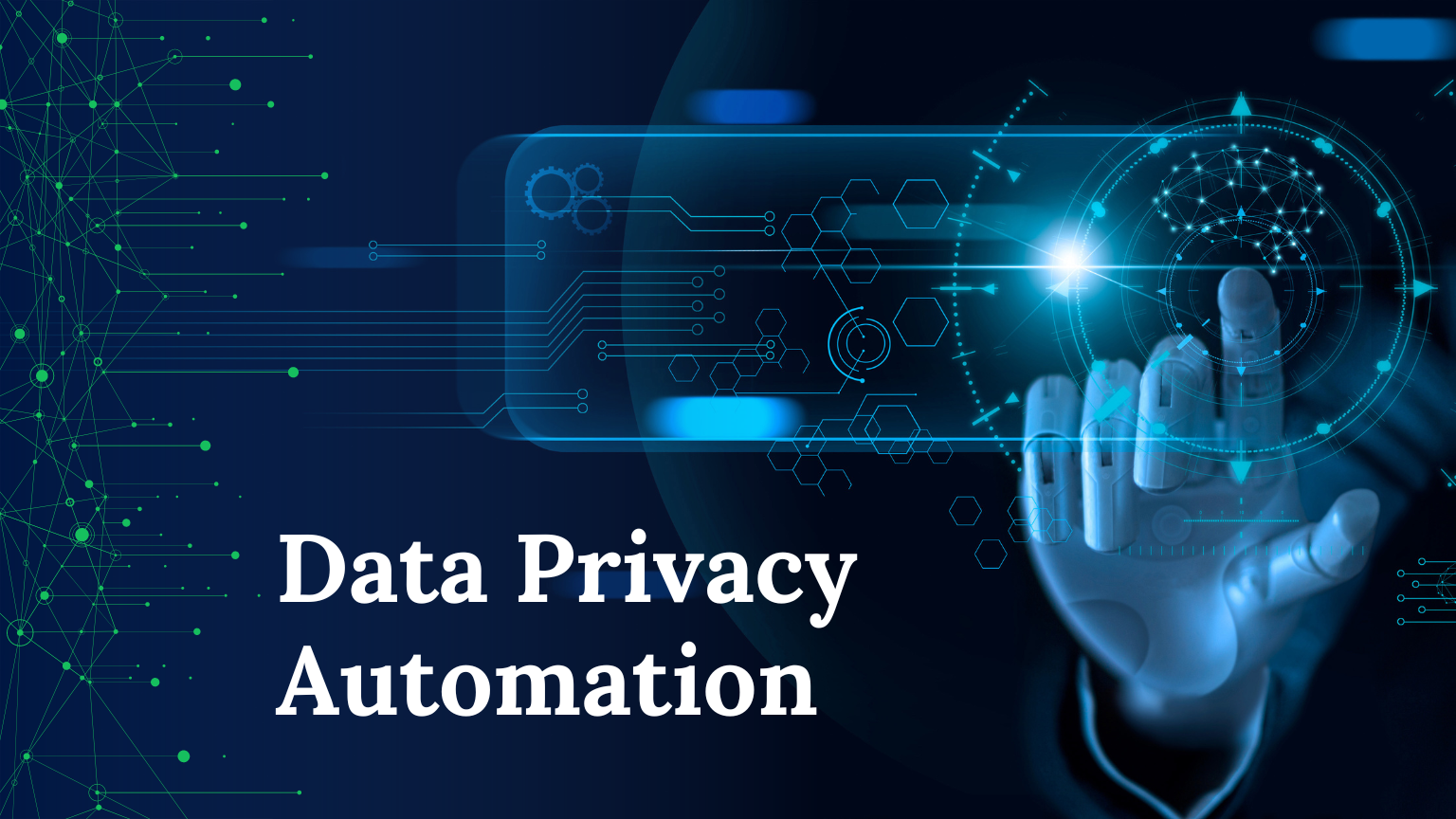
Data Privacy Automation: Need of the Hour
Data Privacy automation is, at present, the most urgently needed solution! Are you aware of the reason?
Have you ever seen relevant ads and accurate pop-ups on a social media platform related to what you searched online?
Digital platforms tend to track and predict us and our interests, don’t they?
Naturally, of course! All our information is collected and used for marketing and promotional purposes.
Does this occur with our consent?
Possibly or perhaps not! Yes, that is the catch.
Sometimes, you knowingly allow the platforms to access your personal information.
In other situations, you unintentionally fall into the trap of allowing your information to be used for targeted experiences even when you haven’t consented.
Privacy policies are proliferating since data privacy is becoming a more significant concern in this new millennium.
The corporate and privacy management teams find staying on top of the ever-changing compliance regulations challenging.
Manual data privacy protection is still inadequate to meet the constantly changing compliance needs.
Data privacy automation is essential for adapting to these changing regulatory environments and the needs of the business.
By explaining potential risks associated with data breaches, this article helps you understand the significance of data privacy.
It also highlights the need for data privacy automation to comply with security policy effectively.
What is Data Privacy automation?
Understanding the significance of privacy will allow you to understand the value of data privacy automation.
Data privacy automation uses technology to manage and enforce data privacy policies and procedures within a business effectively and efficiently.
Data privacy management in your company can be simpler and more effective by incorporating automation techniques like adding workflows to the equation.
Data privacy involves adopting data privacy policies with well-defined plans and strategies.
Data privacy automation helps ensure that data privacy policies comply with legal requirements and individual privacy rights and streamline tasks associated with data privacy management.
Data Privacy Automation simplifies user data protection methods, ensuring that the company always complies with privacy regulations.
A few areas of data privacy management, such as individual rights regarding consent, purpose and data limits, notice, and identity disclosure, are clarified by data privacy automation.
Organizations should respect the privacy limitations set by each user and individual.
Individuals can choose how their data is collected and used; they have the right to give informed consent about data collection, processing, storage, and the purpose behind data collection.
Additionally, users can choose specific and legitimate uses for which their data can be used.
They can also allow for collecting or retaining minimal relevant or essential data.
Individuals have the right to disclose their identity or not when data is collected or used for other purposes.
Users can sometimes analyze their personal information and make necessary edits or deletions.
Generally, legal regulatory agencies protect data privacy, and breaking regulations can result in severe legal consequences.
Numerous regulatory bodies exist globally, and your business must comply with the regulations of the nation or area in which you are functioning.
Critical Components of Data Privacy Automation
- Automated data mapping
Manual data mapping has been practiced for decades, involving a laborious process of checking boxes and filling out multiple forms.
Privacy is way too important to be handled via checkboxes and forms.
Even if controlling cookie consent and unsubscribing/opting out are components of checkbox compliance in manual data mapping and are essential data protection measures, they are insufficient in today’s data-rich environment.
Automated solutions help you identify the sensitive information in your data pools by examining the context (manual techniques examine the content) and recording the information according to the user’s preferences.
Automation solutions, such as workflow applications, help organizations create and manage an extensive data-collecting system that appropriately handles user consent for data to be shared, erased, or sold.
- Consent and Preference Management
Consent is a vital component of privacy management.
Obtaining the user’s consent is a great way to build trust, but automated systems go one step further by automating and offering specialized mechanisms for each consent or preference.
These automated solutions eliminate confusion by obtaining and keeping a record of consent, managing consent preferences, and setting up mechanisms that allow people to withdraw consent at any time.
- Data Protection and Privacy Impact Assessments
Organizations may identify and manage privacy concerns related to new data entry and changes in their data lakes with the help of these tech-enabled assessments. Without requiring manual paper forms, this automated assessment technique helps companies address the problem of losing data at several locations or in multiple formats.
- Data Subjects Access Rights Management
User preferences differ from one another as well as inside the organization.
While some people would rather have the shared content deleted, others might like to share their data with a third party.
These laws help organizations grant several rights to their customers, such as the right to access, correct, delete, or restrict data processing.
By automating DSAR, resources can be freed up to concentrate on tasks with greater value.
- Privacy Policy
Organizations may maintain control over their surroundings and be informed about regulatory obligations with the help of an automated environment. Because automated insights are so user-friendly, they help businesses be transparent about their ongoing privacy policies.
Their version helps people keep informed about how their data is handled.
Reports and insights into previous data breaches and privacy-related incidents are the starting point for automating privacy assessments.
Automated solutions help businesses reduce privacy risks, simplify privacy-related procedures, and show that their operations comply with regulatory requirements.
These essential components make it possible to maintain data privacy effectively and efficiently, which lowers manual labor and enhances general data protection practices.
Importance of Data Privacy Automation
In today’s data-driven society, everyone worries that their data may be misused or leaked to the dark web.
An organization can maintain its competitive edge by demonstrating sincere concern and taking responsibility for safeguarding customer data.
In addition to customers feeling at ease with these companies disclosing their personal information, the compliance regularities show which rules must be followed to maintain trust on both sides.
Data is so dynamic that it becomes outdated before manual processes are used to practice the regulatory measure.
Automation systems are designed to be organized and work well around the data privacy laws that are in place on your premises.
Data privacy automation helps eliminate fines, penalties, and consequences for noncompliance.
With rapidly evolving data, manual data protection procedures are impractical. They may even damage your company’s reputation by undermining customer trust and limiting your ability to grow profitably.
Violating the law may seem easy, but dealing with the consequences—legal fines, hefty settlements, or losing your company license—won’t be.
The data privacy automation system uses artificial intelligence (AI) and other advanced technologies to distinguish between sensitive and non-sensitive data by understanding the content and context.
By doing this, companies may be protected from noncompliance risks that could otherwise hinder operations, limit expansion, and restrict market access.
You urgently need to implement an efficient data privacy automation system to maintain your company’s viability and enhance its reputation.
Advantages of Data Privacy Automation
You can benefit from data privacy automation in the following ways:
- Users prefer your organization for data security and privacy.
- Thorough understanding of the data’s journey across the entire company.
- Every nuance of data privacy is monitored and recorded. i.e., what information is collected, saved, shared, removed, edited, or even purchased or sold, and how is it managed? Etc.
- Ensured data processing and compliance with security protocols and compliance guidelines.
- Data is evaluated for risk and protection at every stage of its lifecycle to automate data privacy compliance models. This process involves automated data detection and remediation to develop a data-safe business model.
- Information and insights into addressed breaches and incidents enable you to automate redaction and segregate sensitive data from the data lakes.
Best Practices for Implementing Data Privacy Workflow Solutions
With the help of privacy workflow solutions, companies can stay on top of evolving regulations and mitigate their financial competitors from fines and government probes.
With accurate tracking, comprehensive reports on your data privacy policies, and easy and deeper audit trails, automated privacy workflow solutions simplify data privacy management.
Below are some of the best practices for implementing Data privacy workflow solutions in your organization:
- Correctly specify your data security and privacy rules that comply with legal requirements, then let privacy workflow (automation) take care of the rest.
- Ensure the privacy policies comply with local/regional, and global legal requirements. Construct a model in which data security and privacy are not compromised.
- Verify your model’s readiness for data privacy.
- Give scores to your model based on certain factors such as user content and cookie notice, risk management, data access request, right to be forgotten, data sharing control, personally identifiable information (PII) management, and data processing record management.
- Ensure the automated system’s autonomy to build customers’ trust and comply with legal requirements.
- Create an automated privacy workflow that considers sensitive or customer-volunteered data without compromising the individual’s preferences. It should also automate data discovery, security enforcement, and safe sharing.
- Provide your employees with appropriate training and ensure they know the privacy workflow and the enforced regulations.
- Implement zero trust policies and Role Based Access Control (RBAC) to protect the organization from external and internal security threats.
- To avoid malware, spyware, and other threats, keep all hardware and software up to date and use security features like multi-factor authentication.
- Establish precise roles and responsibilities to communicate privacy policies effectively and encourage frequent backups to prevent data loss.
Conclusion
It requires careful consideration and attention to choose the best workflow solution and implement an automation system for data protection. Sharing user or personal data with a third-party website comes with risks, and under such circumstances, you cannot solely rely on the third-party website to fulfill the legal obligations that you have. Additionally, you can’t stop sharing data with them for various business functions like procurement and purchase. Therefore, it is recommended to use a workflow solution like PrivacyPillar to automate data privacy and ensure your data is secure.
To experience true data privacy, sign up now!
